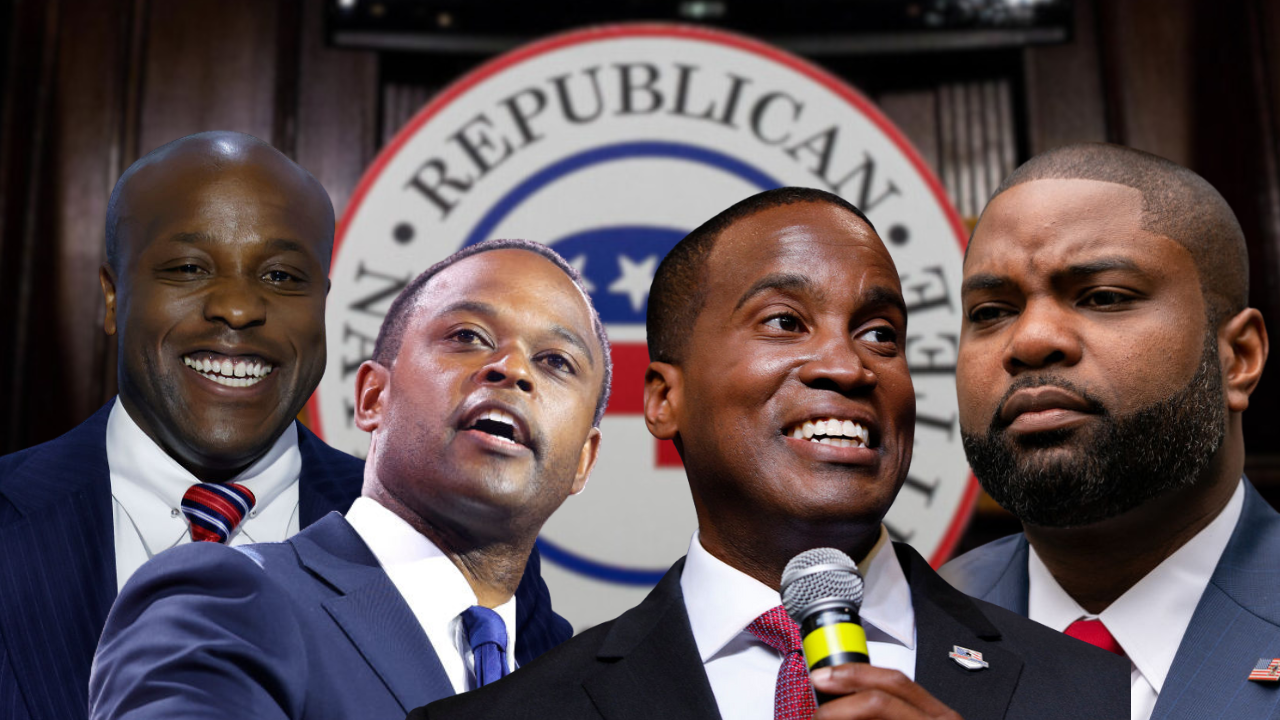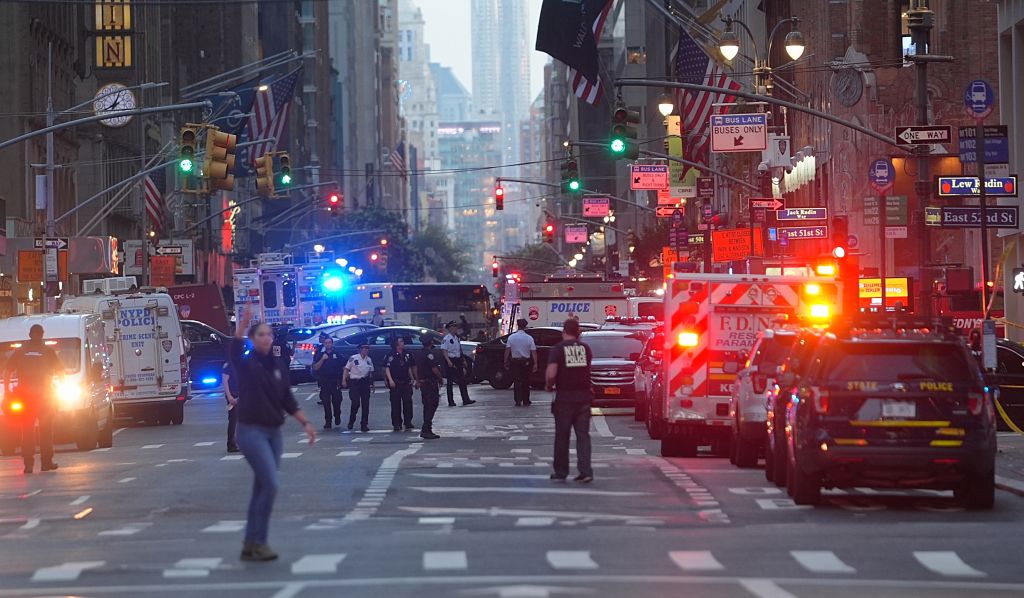Looming Government Shutdown Threatens To Disrupt US Aviation System

The U.S. aviation industry faces disruptions as Congress struggles to pass a funding bill before the September 30, 2025 deadline.
Without an agreement, the federal government will shut down at 12:01 a.m. on October 1, forcing thousands of essential aviation workers to continue their duties without pay while other critical functions are suspended entirely. Industry experts warn that while a short government shutdown might have minimal immediate effects, a prolonged funding lapse could severely strain the national airspace system, potentially leading to flight delays, longer security lines, and compromised safety measures, according to Reuters and The Points Guy.
The shutdown threat comes at a particularly challenging time, as the aviation sector is already grappling with staffing shortages across air traffic control facilities nationwide and just months after Congress approved a $12.5 billion investment to modernize the Federal Aviation Administration’s (FAA) antiquated air traffic control infrastructure.
Essential Workers Forced To Work Without Pay
During a shutdown, the FAA and TSA deem most employees “essential,” requiring them to work without immediate pay. This includes approximately 13,000 air traffic controllers, TSA officers manning security checkpoints, federal air marshals, and critical safety inspectors. Though back pay is guaranteed once funding returns, a prolonged shutdown could cause financial strain and higher absenteeism.
Former TSA officer Caleb Harmon-Marshall told CBS News, “If a shutdown exceeds two weeks, officers start to get frantic, and they stop going to work,” citing the 2018-2019 shutdown when roughly 10% of TSA workers called in sick, increasing passenger wait times at major airports across the country.
Government Shutdown Threatens FAA Training And Hiring Programs
Most concerning, a shutdown would immediately suspend air traffic controller hiring and training. The FAA is currently facing a shortage of approximately 3,800 controllers, which is below the targeted staffing level. Many controllers are working mandatory overtime and six-day workweeks to maintain operations, according to Reuters’ reporting.
The Department of Transportation’s “supercharge” initiative to hire 2,000 more controllers by year’s end would stall completely in a shutdown. The National Air Traffic Controllers Association warns that hundreds of controller trainees at the FAA Academy in Oklahoma City would be furloughed, “causing delays in the training pipeline and worsening the ongoing air traffic controller staffing crisis.”
Furthermore, while immediate safety-critical functions like hazardous materials inspections and accident investigations would continue during a shutdown, numerous other important aviation safety initiatives would be postponed. A coalition of more than 50 aviation trade groups warned that a shutdown would force the FAA to “delay the implementation of safety initiatives, postpone maintenance and repair work to critical air traffic equipment, suspend air carrier pilot check rides, delay airworthy inspections for aircraft, defer the analysis of voluntary safety reporting, and suspend work on modernization programs,” per the New York Post.
Economic Impact On The Travel Industry
The U.S. Travel Association estimates that a government shutdown could cost the U.S. economy approximately $1 billion per week, as reported by CBS News. A unified coalition of aviation organizations has urged Congress to act quickly to avoid another harmful shutdown, emphasizing that “the FAA, its dedicated frontline workforce, our aviation community, our economy, and the American public cannot afford a disruption, regardless of how long it lasts.”
The post Looming Government Shutdown Threatens To Disrupt US Aviation System appeared first on Travel Noire.
What's Your Reaction?
 Like
0
Like
0
 Dislike
0
Dislike
0
 Love
0
Love
0
 Funny
0
Funny
0
 Angry
0
Angry
0
 Sad
0
Sad
0
 Wow
0
Wow
0

























